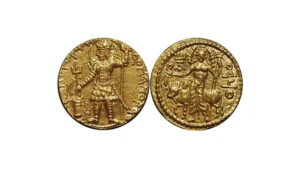Bhutan’s liberal leader, Tshering Tobgay, from the People’s Democratic Party (PDP), has commenced his second term as prime minister, following recent elections in the nation. The formal appointment was marked by King Jigme Khesar Namgyel Wangchuck presenting Tobgay with a scarf, as announced on the king’s official Facebook page. Bhutan, with a population of less than 800,000, has embraced democracy for 15 years and is renowned for its unique Gross National Happiness (GNH) index, measuring factors like recreation and emotional well-being.
Leadership and Background
Tobgay, 58, now serving his second non-consecutive term, was previously prime minister from 2013 to 2018 and led the opposition in the first free vote in 2008. A former bureaucrat and advocate for Bhutan’s Buddhist culture, he faces the task of revitalizing the $3 billion economy post-COVID-19 and addressing youth migration abroad.
Economic Challenges
The primary challenges for Tobgay include economic recovery after the pandemic and preventing the migration of young Bhutanese seeking better opportunities abroad, particularly in Australia.
Regional Relations
Maintaining a deep relationship with India, its largest donor and trade partner, remains a priority. Bhutan, engaged in talks with China to resolve border disputes, is closely watched by India due to its own border dispute with China. Bhutan currently lacks formal diplomatic relations with China.
Important Questions Related to Exams
- Who is Bhutan’s current prime minister and leader of the People’s Democratic Party?
- How many terms has Tshering Tobgay served as Bhutan’s prime minister?
- What is the population of Bhutan?
- What economic gauge is Bhutan known for?
- What challenges does Tshering Tobgay face, particularly concerning youth migration?
- Who handed Tshering Tobgay a scarf to mark his formal appointment as prime minister?




 2,000-Year-Old Kushan Coins from King Va...
2,000-Year-Old Kushan Coins from King Va...
 German Chancellor Friedrich Merz to Visi...
German Chancellor Friedrich Merz to Visi...
 India Introduces New e-Business Visa for...
India Introduces New e-Business Visa for...







